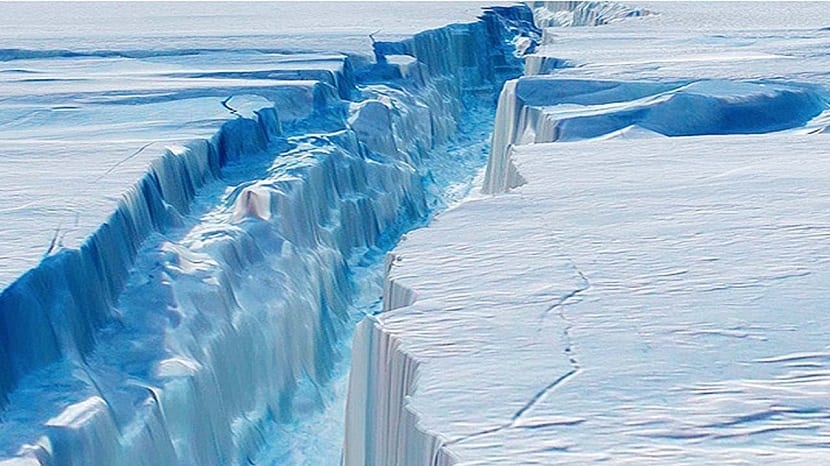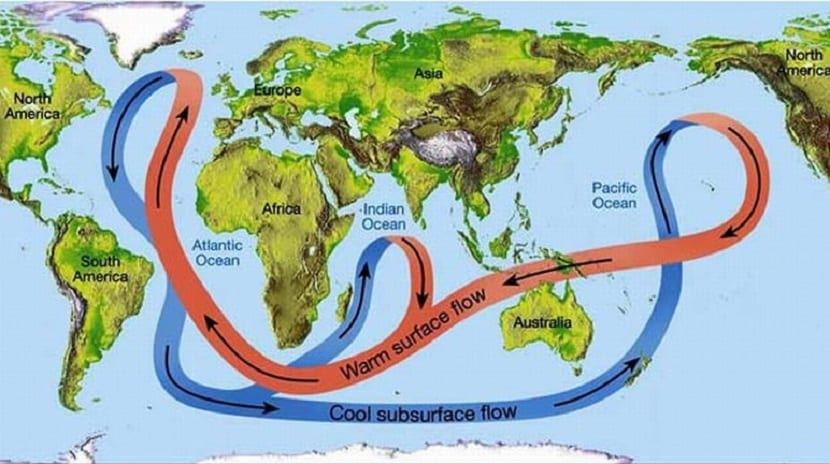
The Pine Island Glacier, located on the Antarctic Glacier, is one of the two most unstable glaciers. It is the largest glacial dam in the area, and this September 23 suffered a great rupture. 267 square km of surface were detached, about 4 times the size of Manhattan. According to Stef Lhermitte, professor of Geoscience and Remote Measurement at Delft Technical University, the Netherlands, the giant iceberg appeared to later break into multiple ice islands after being adrift through the Antarctic Ocean.
The event is the result of an internal collapse in the glacier. Pine Island is one of two glaciers that researchers say are more prone to rapid deterioration, bringing more ice from within the layer to the ocean. Every year the glacier loses 45.000 million tons of ice. Since 2009, there have already been two massive landslides of this glacier. One in 2013 and one in 2015. It is also responsible for a quarter of the total thaw of Antarctica.
What can you expect from all this thaw?
For months the researchers have already warned of the risk of a landslide like the one that occurred. The melting of the glacier could flood the coasts around the world. Considering that the South Pole, the Antarctic, contains 90% of the ice in the world, in addition to 70% of the "fresh water" on Earth, it is estimated that its complete thaw would raise sea level by 61 meters. Needless to say, that would be a catastrophe.
It cannot happen overnight. The thaw is being gradual but continuous, it does not stop. Throughout the year, in the cold season it freezes, and in the warm season it thaws. The problem is that it thaws more than the ice it produces, and does not stop going to more, leaving us events such as the news at hand. The fact is that global warming is directly affecting, and although the average temperature of the Antarctic is -37ºC, the thaw is not only gradual, it is becoming more and more progressive.
Beyond the implication that this may have in the rise in sea level, it does not end there. It would modify oceanic water currents, affecting what is known as the "ocean transporter belt."
The ocean transporter belt at risk

This great belt is a great current of the waters of the oceans that exerts a redistribution of temperatures. Cold water goes to the equator, where it warms up. The higher the temperature, the less weight it has and the higher the water runs in this stream. The lower the temperature, the lower it travels. This change in temperatures also contributes to life in the oceans, and that certain land areas can enjoy certain climates.
With the total melting of the poles, the ocean transporter belt disappearsceria. The currents would be affected, and even the winds. One of the first consequences that would occur if it stopped, would be to see how corals die. The importance they have in large marine ecosystems would have a devastating impact on life. It would be the result of the domino effect, since corals are the basis of life for many other organisms, and even of symbiosis with other organisms. The margin they have of adaptability to changes in temperature is very small. As a result, its habitat always oscillates between a water temperature of at least 20ºC and a maximum of 30ºC.

It would not be the first time that it has happened, and this is where many debates are opened about whether it is the effect of global warming caused by man, or of the planet's own cycle. The last time there are records of this phenomenon was 13.000 years ago. In the end, it may be the planet's own cycle and that human beings have accelerated it, leaving their mark. Anyway, something that is known is that the human being is affecting the entire globe. There are fewer and fewer discussions in the face of so much evidence.